#holboellia
Photo

Scratch n Sniff. May, the month in which the garden is overflowing with the heady, sexy and intoxicating scent of Holboellia coriacea. Collected by Dan Hinckley in Chiba, Japan. It’s the one plant I would rescue prior to being abducted by aliens. #perfumeheaven #plantsman #houseoforchids #inthegarden #perfumeaddict #scentsation #scent #perfume #holboellia (at Beaconsfield, Buckinghamshire)
#plantsman#perfumeaddict#perfume#houseoforchids#scentsation#perfumeheaven#inthegarden#holboellia#scent
0 notes
Photo
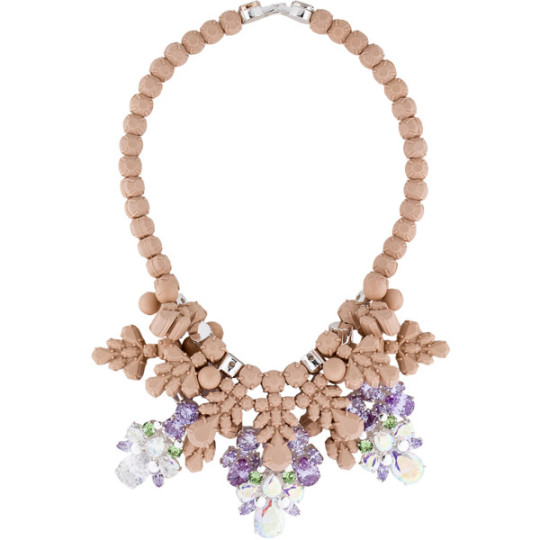
Pre-owned EK Thongprasert Holboellia Latifolia Necklace ❤ liked on Polyvore (see more beads jewellery)
#polyvore#women's fashion#jewelry#necklaces#naszyjniki#beaded necklaces#pre owned jewelry#beading jewelry#beaded jewelry#beads jewellery
0 notes
Photo

stauntonia latifolia, holboellia latifolia - high resolution image from old book.
0 notes
Photo
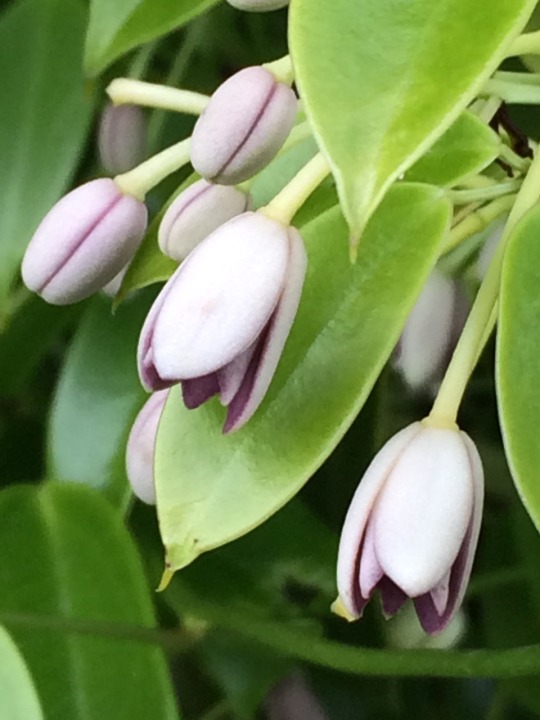
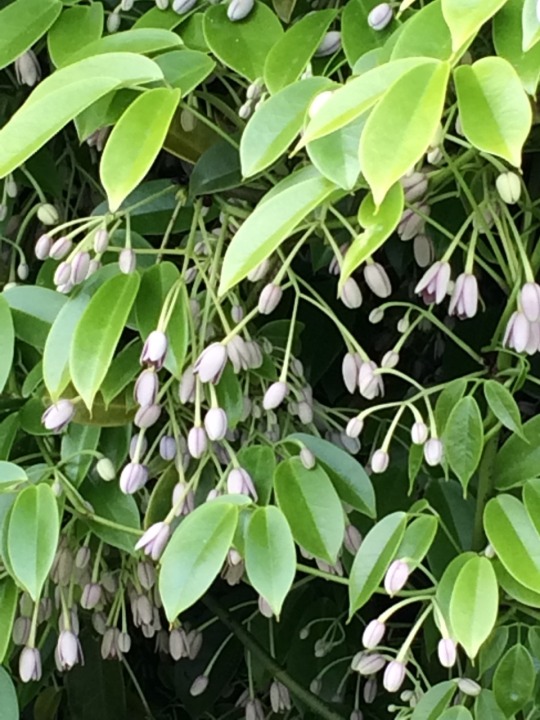
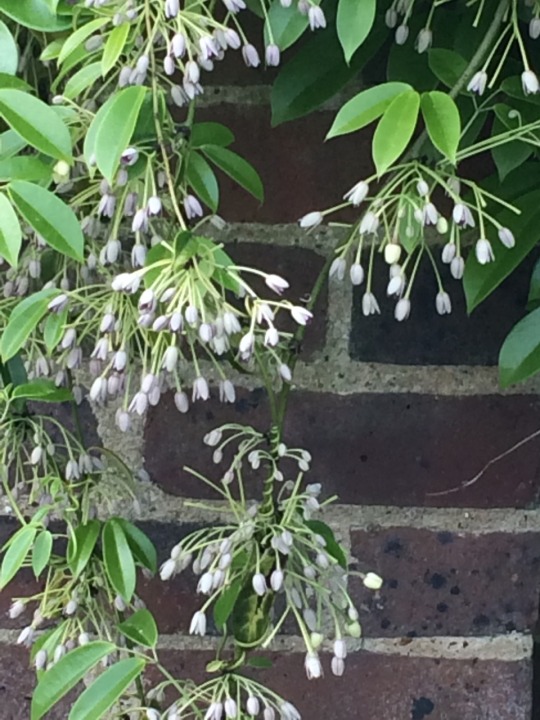
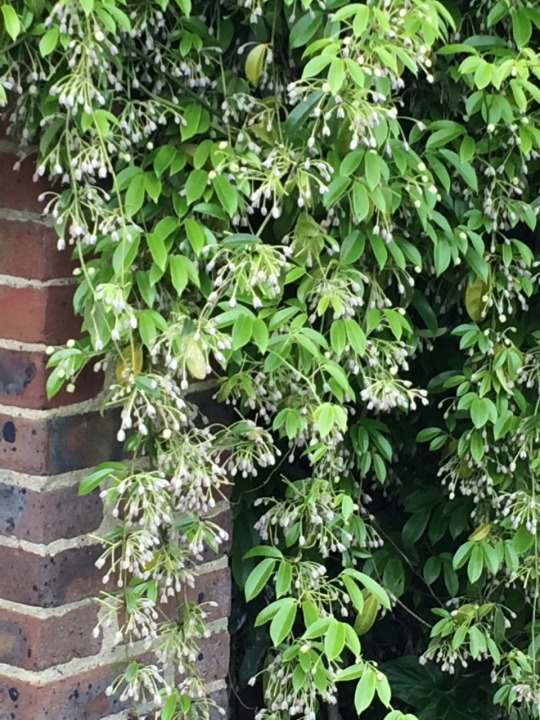
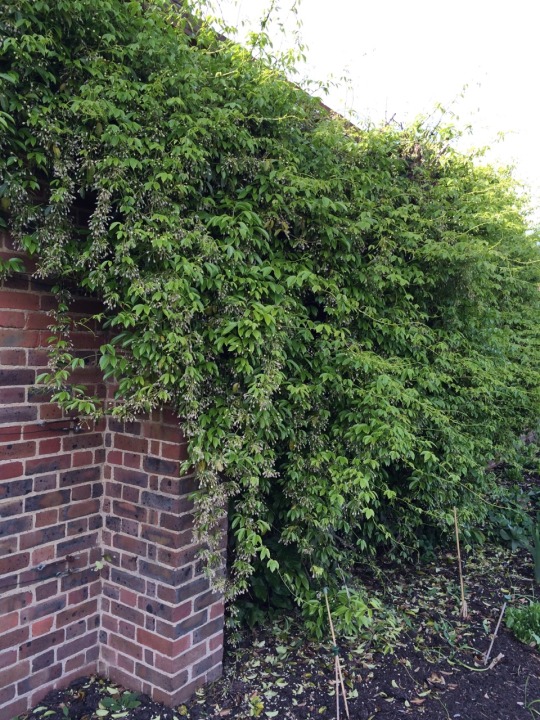
Plant of the Day
Friday 1 May 2015
The vigorous climber Holboellia coriacea (sausage vine) covers this wall in twining stems with shiny leaves each composed of three leaflets. Both clusters of pale purple male flowers and greenish female flowers appear on the same plant sometimes followed by sausage-shaped greenish-purple fruits. This plant needs a large space, a strong support structure but will grow on any aspect as long as it is relatively sheltered.
Jill Raggett
36 notes
·
View notes
Text
Pendulous panicles
Decaisnea insignis is a multi stemmed deciduous shrub native to Western China. Huge pinnate leaved foliage, comprising a variable number of leaflets (13 – 25) develops, forming a dense canopy of foliage. The plant is easily rejuvenated by cutting out stems at ground level. Fresh sucker type growth rises up almost immediately soon replacing the status of the plant.
In the wild it colonises streamsides in degraded primary evergreen forest of western China at an altitude of 2200 – 2500m. A member of the family Lardizabalaceae which also contains the climbing genera Holboellia and Akebia.
Elegant individual flowers are held sprayed down a long central stalk. The sepals are a green/yellow colour elongated to a definite point. The pendulous panicle is worth admiring for its elegance.
Decaisnea fargesii
Decaisnea fargesii
Pendulous panicles was originally published on Botanics Stories
0 notes
Text
An exotic fruit
On a west-facing wall, the evergreen climber Holboellia grandiflora is fruiting. The intertwining mass of tangled growth shelters the lurid purple fruit which is unfortunate, as this is a definite show-stopper.
The generally cylindrical-shaped fruit hangs from a long stalk emanating at a leaf axil and developes to 130mm in length. The inner contents of cloudy white, gelatinous bulk hold the shiny black seeds.
The leaves are set in fours or fives and readily clothe a wall. The leaves are mid-green above with a pitted grey appearance below. This vigorous climber reaches 5 metres here in the Garden; with support is has the potential to reach double this height. In the wild, Holboellia grandiflora is found scrambling over shrubs in stream valleys in south-west China at around 2,800 metres.
Holboellia grandiflora
Holboellia grandiflora
An exotic fruit was originally published on Botanics Stories
0 notes
Text
Climbing skyward this May weekend
Holboellia latifolia is a fellow member of the family Lardizabalaceae along with the previously described Akebia trifoliata. The plant driving itself upwards into the light on the Chinese Hillside was collected in Nepal in 1992 by members of the Edinburgh Makalu Expedition. In the wild, it is found growing in the Arun Valley at 2,750 metres through laurel forest.
The evergreen leaves are composed of varying numbers of leaflets, to a maximum of seven. Fresh growth is delicately translucent and slightly tinted bronze to protect from the higher-altitude UV rays of the sun in the Himalaya region. Our specimen reaches eight metres to the top of the supporting canopy.
Separate male and female flowers appear from nodes on the stems of all ages – deep in shade on the oldest wood to canopy top in bright sunshine. The six fleshy sepals are a mauve to purple shade; the male and female flowers are produced separately but mixed in the clusters. The male flowers are slightly smaller in cross section than the female. Both give off a heavy scent. The six free anthers produce copious amounts of white pollen.
Holboellia latifolia
Holboellia latifolia – male & female flowers
Climbing skyward this May weekend was originally published on Botanics Stories
0 notes
Text
An exotic fruit
On a west-facing wall, the evergreen climber Holboellia grandiflora is fruiting. The intertwining mass of tangled growth shelters the lurid purple fruit which is unfortunate, as this is a definite show-stopper.
The generally cylindrical-shaped fruit hangs from a long stalk emanating at a leaf axil and developes to 130mm in length. The inner contents of cloudy white, gelatinous bulk hold the shiny black seeds.
The leaves are set in fours or fives and readily clothe a wall. The leaves are mid-green above with a pitted grey appearance below. This vigorous climber reaches 5 metres here in the Garden; with support is has the potential to reach double this height. In the wild, Holboellia grandiflora is found scrambling over shrubs in stream valleys in south-west China at around 2,800 metres.
Holboellia grandiflora
Holboellia grandiflora
An exotic fruit was originally published on Botanics Stories
0 notes
Text
Climbing skyward this May weekend
Holboellia latifolia is a fellow member of the family Lardizabalaceae along with the previously described Akebia trifoliata. The plant driving itself upwards into the light on the Chinese Hillside was collected in Nepal in 1992 by members of the Edinburgh Makalu Expedition. In the wild, it is found growing in the Arun Valley at 2,750 metres through laurel forest.
The evergreen leaves are composed of varying numbers of leaflets, to a maximum of seven. Fresh growth is delicately translucent and slightly tinted bronze to protect from the higher-altitude UV rays of the sun in the Himalaya region. Our specimen reaches eight metres to the top of the supporting canopy.
Separate male and female flowers appear from nodes on the stems of all ages – deep in shade on the oldest wood to canopy top in bright sunshine. The six fleshy sepals are a mauve to purple shade; the male and female flowers are produced separately but mixed in the clusters. The male flowers are slightly smaller in cross section than the female. Both give off a heavy scent. The six free anthers produce copious amounts of white pollen.
Holboellia latifolia
Holboellia latifolia – male & female flowers
Climbing skyward this May weekend was originally published on Botanics Stories
0 notes